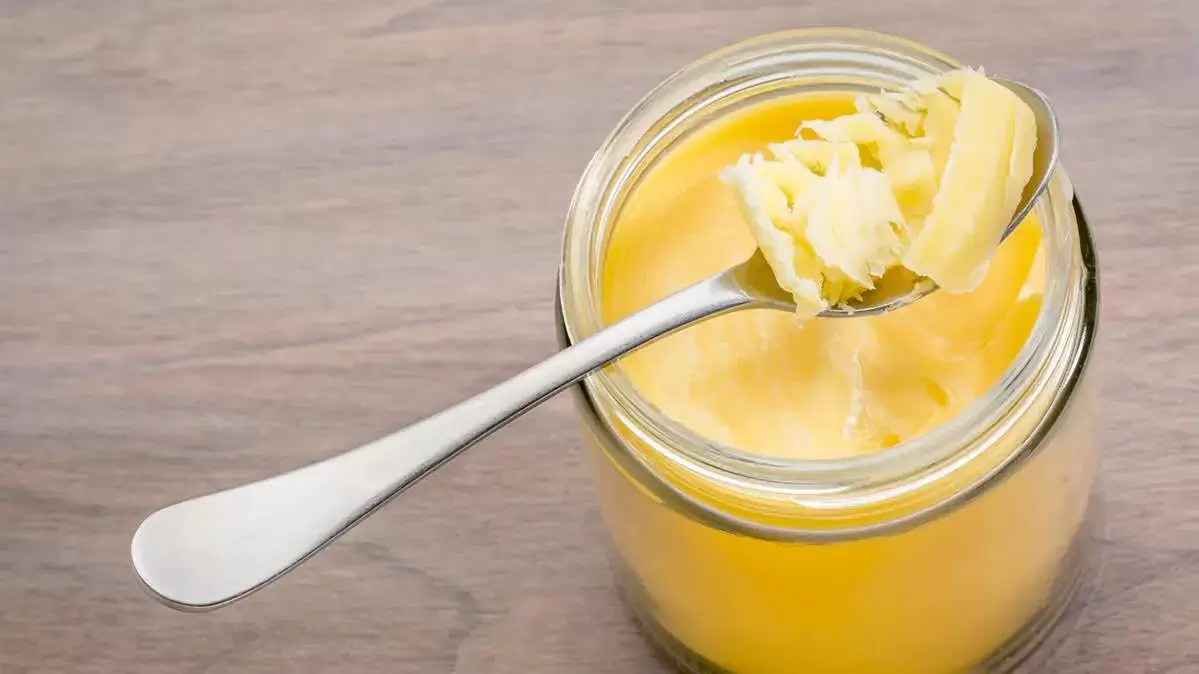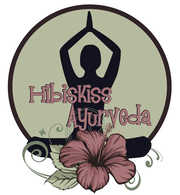|
Ghee has been used since ancient times in traditional āyurvedic cooking. Simply put, ghee is clarified butter. It is composed almost entirely of fat.
Ghee in moderation does not increase total cholesterol and in turn, it actually can help build the good cholesterol your body needs. The recipe for ghee removes the residue from butter (including water and milk solids), and has a longer shelf-life with no refrigeration necessary. It is a pure golden oil that, although produced from milk, has different qualities than that of a diary product. Ghee is free from trans-fatty acids, lactose and casein. Ghee is tri-doshic and provides benefits for all. Said to be a sattvic food, ghee has a nuttier taste than that of butter or margarine. It is great to use as a spread, in place of cooking oil, and for additional āyurvedic therapies.
0 Comments
Health is created and maintained through our daily routines and rituals. In āyurveda, routines are aligned with the rhythms of nature to keep the body in homeostasis and out of a state of stress, leading to diseases of the mind and body. Below is an example of a daily āyurvedic routine.
Awaken with the sun: During Vata time; start the morning off with gratitude by pausing to send loving energy into the universe. Give thanks and welcome the blessings of the day yet to come. Empty Bladder Cleanse face, eyes, ears and mouth with cool water: Reduces Pitta excess that has built up during the night. Senses will become open and receptive. Brush teeth/scrape tongue: Check the tongue to observe ama (waste) collected throughout the night. Using a tongue scraper, starting in the back of the mouth and pulling to the tip of the tongue. Brush teeth using herbal, natural toothpaste. Sip warm water with lemon: Cleanses the GI tract and removes ama (waste) from the digestive & elimination systems. If there is excess Vata, allow water to sit overnight in a copper cup to drink in the morning. If there is excess Pitta, substitute lime for lemon. Empty bowels Engage in dry brushing and abhyanga. Shower/cleanse in body temperature water: Making sure not to shock the body in too hot or too cold temperatures, use an all natural body wash as to not strip your skin of their natural oils. Swab nostrils: Using a q-tip, dip in rosewater hydrosol and swab nostrils; follow with dipping a new q-tip into nasya oil or sesame oil and repeat swabbing nostrils. Use a neti pot as needed for present irritants. Morning sadhana: Morning yoga practice; surya namaskar (sun salutations). Pranayama: Morning breath work. Meditation Mantra: Set an intention for your day. Morning meal: Breakfast should be taken at first point of hunger. Consume food in silence to break your overnight fast. Daily work/tasks/activity: During this time of day, complete the tasks that require the most focus. Mid-day meal: Lunch should be the largest meal of the day when agni (digestive fire) is highest (10am-2pm). To aid in digestion, lay on the left side of the body following your meal. Social interaction: Vata time of day (2pm-6pm) is best to gather with friends and loved ones. Evening meal: Dinner should be light and served at the next point of hunger. Eat just enough to bring you until bedtime, but not right before going to sleep - should be at least 2 hours prior to your slumber. If hunger persists before bed, enjoy a cup of spiced milk. Let everything go: Take an inventory of your day followed by relaxing activities (warm bath, reading/writing, stretching); light some natural candles with calming aromas. Pranayama & meditation Oil feet: Using sesame oil (or any grounding oils), wipe off excess oil and wear socks if desired. Nightly slumber: Laying in the manner appropriate for your dosha - Vata on back, Pitta on right side, Kapha on left side. |
AuthorLearn more about Prema Shakti at www.premashakti.guru Archives
April 2022
Categories |

 RSS Feed
RSS Feed
